London fields: 30 little-known facts about football in the capital
With anticipation levels rising ahead of Sunday's North London derby, Steve Tongue reveals all you ever need to know about the game in the capital
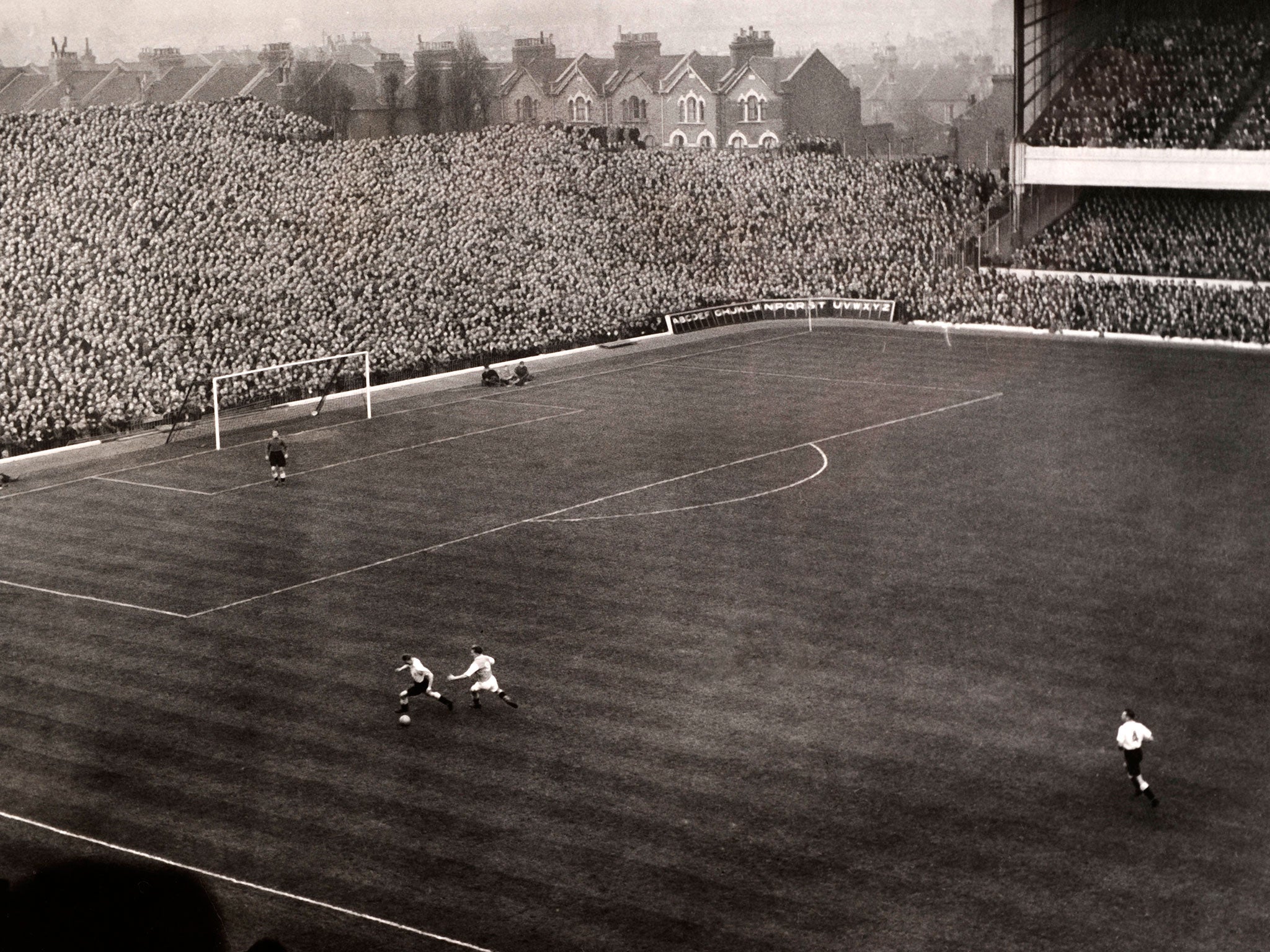
Tottenham travel the short distance to Arsenal for Sunday's North London derby but Woolwich Arsenal’s nearest local derby in their first Football League season (1893-94) was against Small Heath (Birmingham), some 140 miles away.
Chelsea beat Clapton Orient in the first Football League derby between two London clubs – in November 1905.
The first derby in the top flight, between Chelsea and Arsenal at Stamford Bridge (November 1907), was watched by an estimated 55,000.
After winning the FA Cup as a Southern League team in 1901, Spurs had to wait seven more years to be elected to the Football League, where they immediately won promotion ahead of Fulham and Orient.
But in the first season with three London teams in the top division (1909-10), Spurs, Arsenal and Chelsea all finished in the bottom six. Three seasons later, the same three clubs were all in the bottom four.
As Highbury Stadium was built in 1913 on land owned by the Church Commissioners, Arsenal agreed not to play on Christmas Day or Good Friday, until they bought the freehold in 1925. The last Christmas Day game there was against Chelsea in 1954.
When Spurs were relegated in 1934-35, a year after finishing third, champions Arsenal beat them 5-1 at Highbury and 6-0 at White Hart Lane; still their joint record home defeat.
If you think fixture congestion is bad these days, in 1905-06 Chelsea had to play a League game and FA Cup qualifying round tie on the same day. Prioritising the League, they sent their reserves to meet Crystal Palace in the Cup and lost 7-1; still the heaviest Cup defeat by any League club against non-League opposition.
The first-ever goal in the FA Cup, in 1871-72, was scored by Clapham Rovers in a London derby against Upton Park.
Millwall’s rivalry with West Ham began early, when they were based in the docklands north of the Thames before moving south to New Cross in 1910. The expression “keep it on the island” stemmed from the occasionally wild clearances by one renowned Millwall defender in Isle of Dogs days.
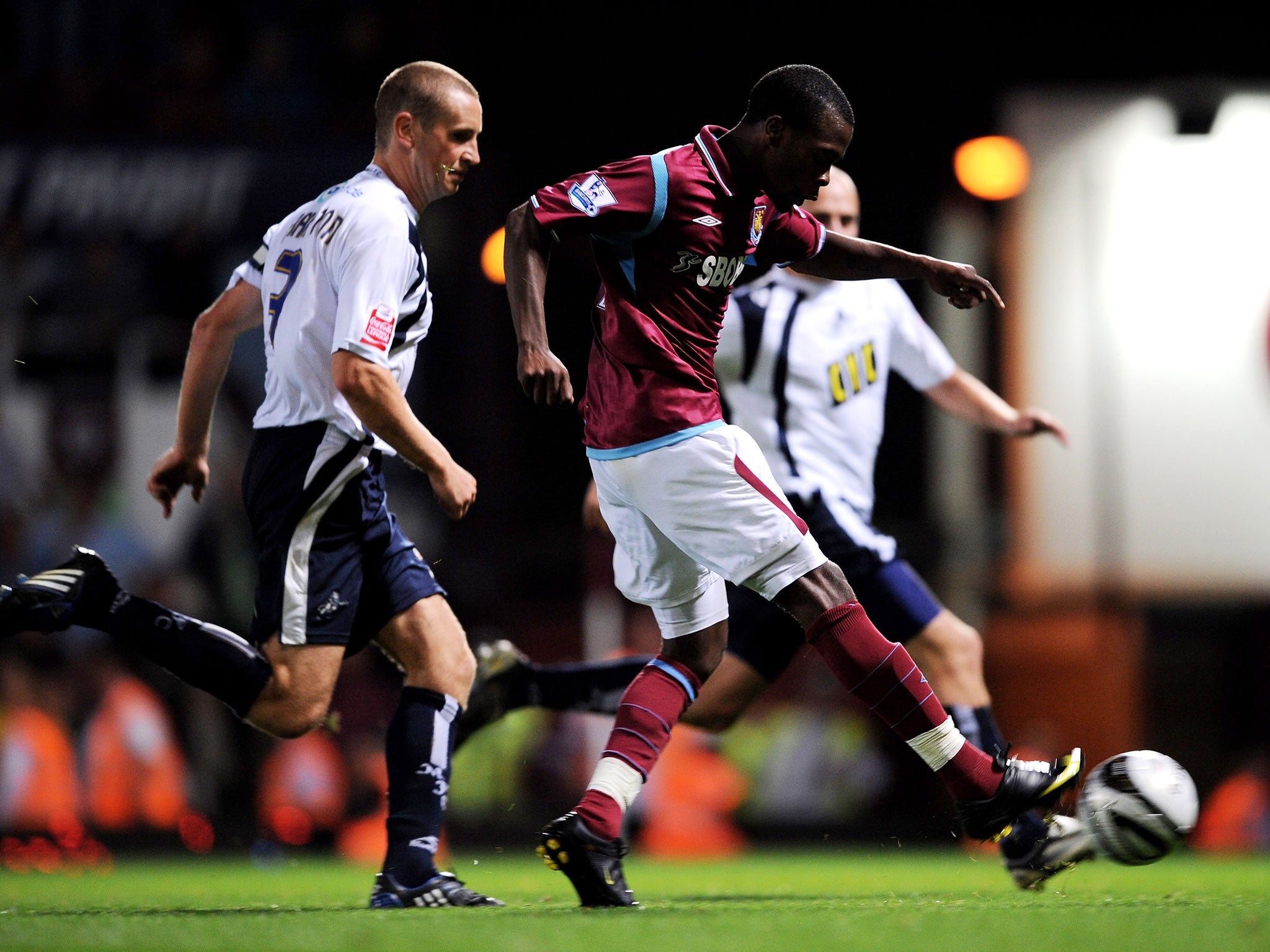
“Sensitive players are too easily scared by their robust play,” a Chelsea player wrote of the Lions’ style early in the 20th century.
Crystal Palace, QPR, Millwall and Brentford all joined the Third Division in the same season (1920-21) when the Southern League moved en masse. Bizarrely, Grimsby Town were among those joining them.
Thames FC, playing only two miles from West Ham, lasted two seasons in the Football League from 1930-32, but beat Orient, QPR and Brentford in the first of them.
Footage used in the film The Arsenal Stadium Mystery (1939) was from Arsenal’s home game against Brentford in May that year; the first time they had ever beaten the Bees in eight attempts.
As teams played different numbers of games in the 1940-41 season, the Football League was decided, oddly, on goal average. The southern section was won by Crystal Palace but had it been decided by the more logical points average, West Ham would have been champions.
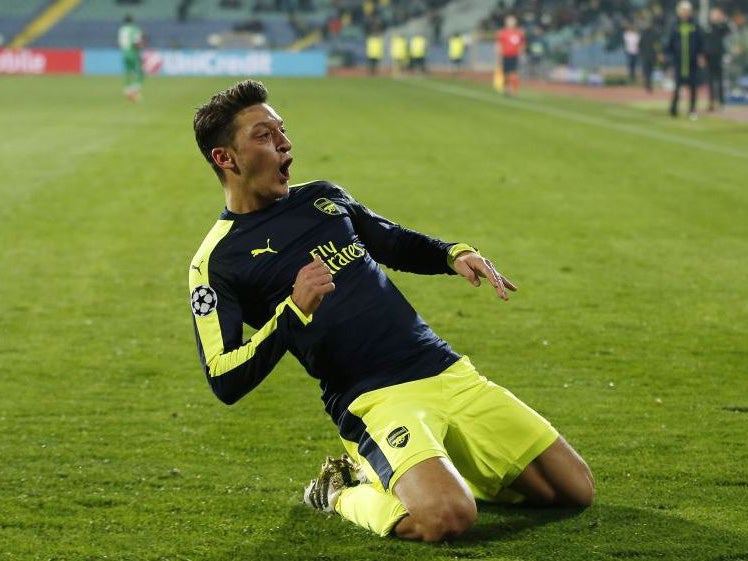
That same season Tottenham’s Jackie Gibbons scored four hat-tricks in three weeks – all against neighbouring Clapton Orient, who lost 9-0, 7-0, 3-0 and 9-1.
Although Jimmy Greaves scored 22, 37, 30 and 43 goals in successive First Division seasons for Chelsea from 1957-61, he did not once finish in the top 10 until joining Spurs.
Losing at home to West Bromwich on the final day of their 1960-61 Double season meant Spurs only equalled Arsenal’s record of 66 points instead of beating it.
Having just lost 6-1 to Spurs and 2-0 to Leyton Orient in 1962, West Ham were bottom of the First Division when Ron Greenwood first decided to try Essex cricketer Geoff Hurst as a striker instead of a wing-half.
First Division clubs West Ham, Spurs, QPR and Chelsea all changed managers in the space of six weeks soon after the start of the 1974-75 season.
Arsenal and Tottenham directors sat down together in November 1977 to discuss building a new 75,000-capacity ground to share at Alexander Palace.
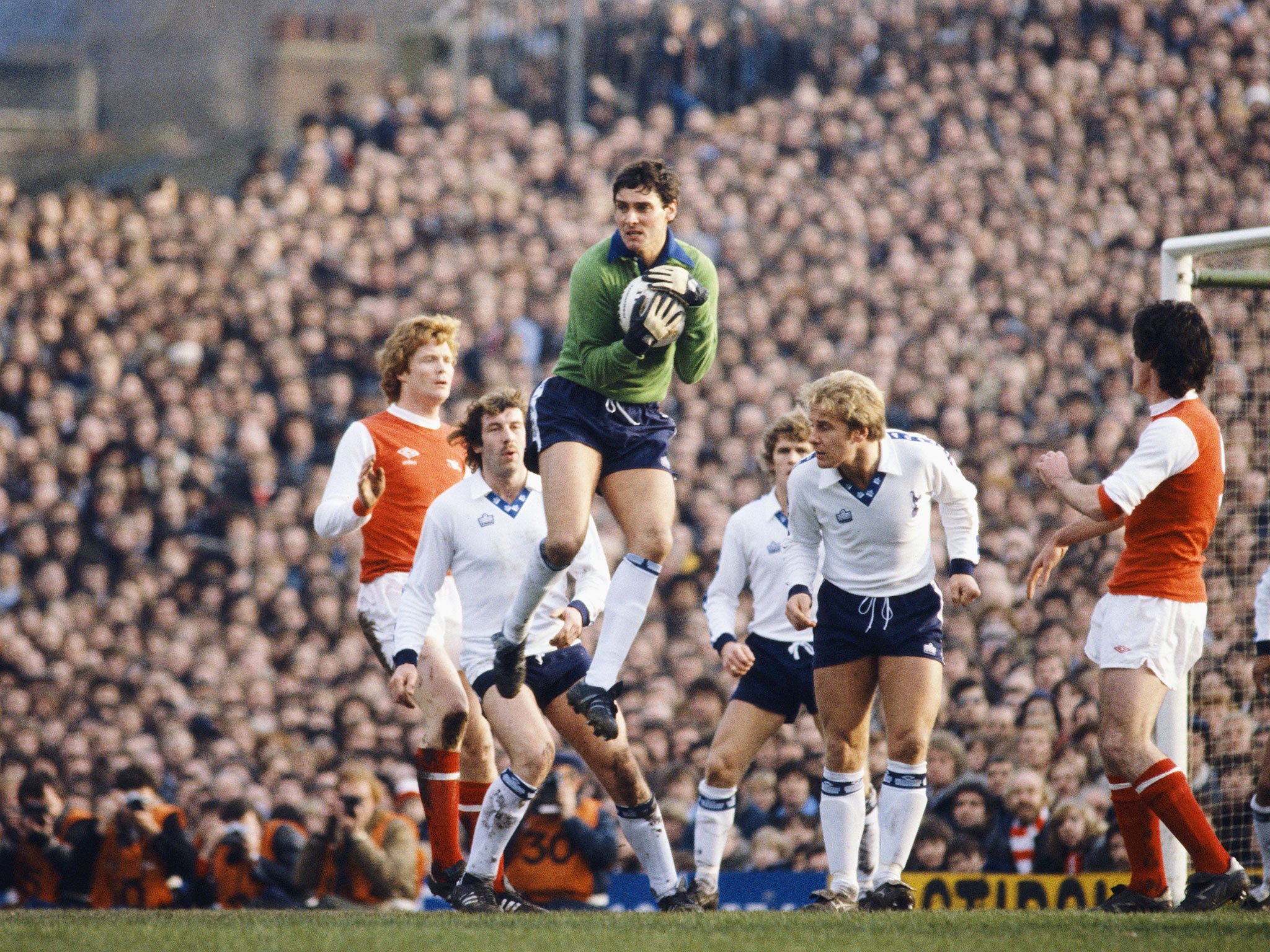
In 1979 Wimbledon chairman Ron Noades bought Milton Keynes City FC with a view to relocating the Dons there – 24 years before it happened.
When Charlton moved to Selhurst Park as Crystal Palace’s tenants in 1985, their first attendance (5,552) was bigger than Palace’s a week later despite a supporters’ boycott.
For the 1989-90 season London had a record number of clubs – eight – in the top division, meaning 56 derby matches. Spurs, Arsenal and Chelsea finished in the top five but Charlton and Millwall were both relegated.
Wimbledon’s last match at Plough Lane in 1991 was against south London rivals Palace, who they then joined at Selhurst Park, succeeding Charlton as tenants.
In their first month as a Football League club, in 1991, Barry Fry’s Barnet lost 7-4 at home, won 6-0 away and drew a League Cup tie 5-5.
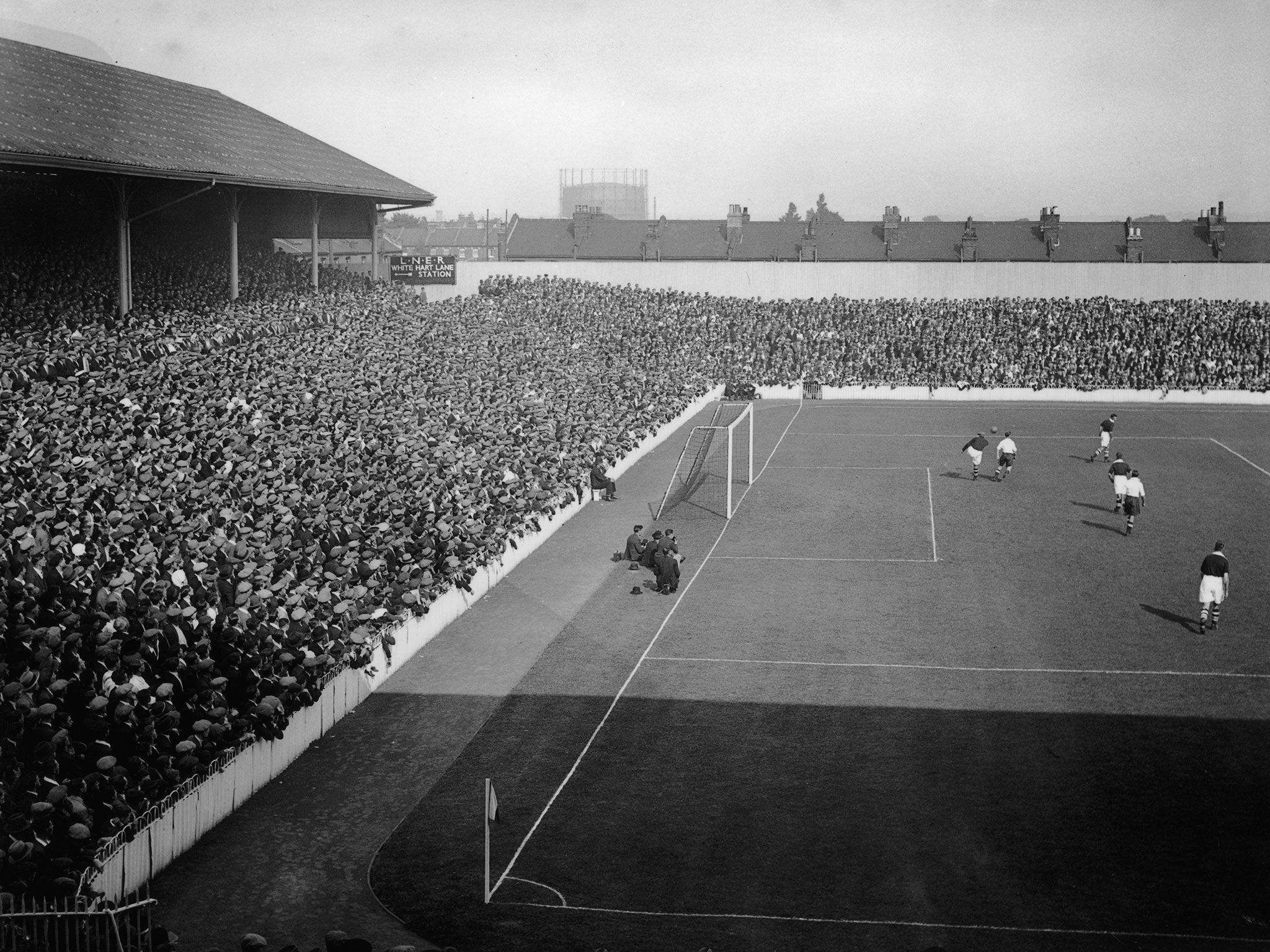
The capital had never had the country’s top two League clubs until Roman Abramovich took over Chelsea in 2003. Then Arsenal and Chelsea achieved it for two years running.
Arsenal have finished as highest placed London club 58 times, more than everyone else put together. It includes a run of nine successive seasons from 1996-2004; the longest sequence since they were the capital’s only representatives more than 110 years ago.
As well as Spurs (21) and Chelsea (20), four other teams have finished a season as top club in the capital: QPR (six), West Ham (four), Charlton (two) and Brentford (one).
Charlton have won only 11 games out of 70 against neighbours Millwall. But...
Fulham’s record against Chelsea is worse: nine wins out of 80.
Steve Tongue is the author of “Turf Wars, A History of London Football” (Pitch Publishing, £9.99) available from Amazon and Waterstones.
Join our commenting forum
Join thought-provoking conversations, follow other Independent readers and see their replies
Comments